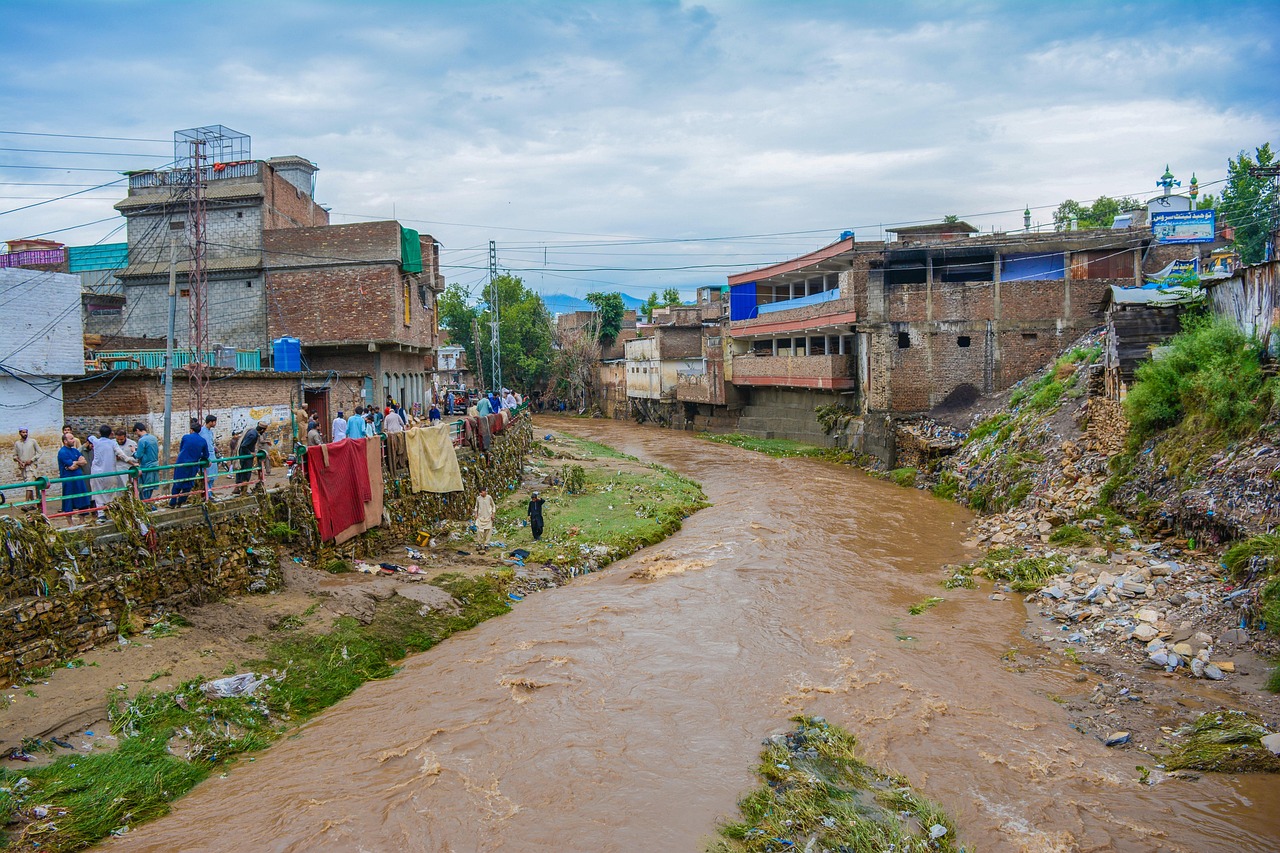Days of Monsoon Rains Kill 79 as Pakistan Braces for More Floods
Pakistan is currently reeling from a devastating wave of monsoon rains and flash floods that have claimed at least 79 lives across several provinces and left many more injured or displaced. Since late June, relentless downpours triggered widespread flooding in Khyber Pakhtunkhwa (KP), Punjab, Sindh, Balochistan, and Gilgit-Baltistan, exposing critical weaknesses in the country’s disaster preparedness and climate resilience.
According to Pakistan’s National Disaster Management Authority (NDMA), at least 72 people died between June 26 and July 7, with over 130 injured in a rash of rain-triggered calamities, including collapsing buildings, flash floods, landslides, and electrocutions. Separate regional updates, including a report by Xinhua on July 5, confirmed an additional 7 deaths, bringing the death toll to 79, and reported at least 137 injuries since late June .
The hardest-hit regions include Khyber Pakhtunkhwa—where riverbank flash floods, roof collapses, and landslides caused numerous fatalities, especially in Swat Valley—Punjab, where structural collapses claimed around 22 lives, Sindh, and Balochistan . Tragically, one of the most harrowing episodes involved a tourist group swept away by a sudden flood in Swat, resulting in 13 deaths, mostly women and children.
Climate experts have warned that this year’s monsoon will remain unusually active. The Pakistan Meteorological Department (PMD) expects above-normal rainfall through early July, increasing the risk of flash floods and landslides, especially in vulnerable terrains . Authorities have issued high-alert warnings, urging citizens to avoid riverbanks, steep slopes, and non-essential travel near potential flood zones.
Compounding the danger is Pakistan’s heightened sensitivity to climate change, reflected in recurrent monsoon disasters. Analysts contend that the country’s weak infrastructure, inadequate urban drainage, and insufficient early warning systems have worsened the toll from an already volatile weather pattern. Officials are also drawing stark parallels to the catastrophic 2022 monsoon floods, which killed over 1,700 people and affected nearly a third of Pakistan, devastated critical infrastructure, and quadrupled reconstruction costs.
In response, emergency services, the NDMA, and provincial disaster management departments are on heightened alert, coordinating rescue and relief operations. Sectional evacuations in high-risk zones—from northern hill districts to low-lying urban areas—are underway. The PMD, NDMA, and local governments are sharing advisories and mobilizing rescue teams to prepare preemptively for any new floods .
Still, challenges remain. Roads and bridges have been damaged, complicating supply and rescue routes. Many displaced families now face temporary shelter amid uncertainty over future flooding—just as rain forecasts predict more downpours in the coming days.


